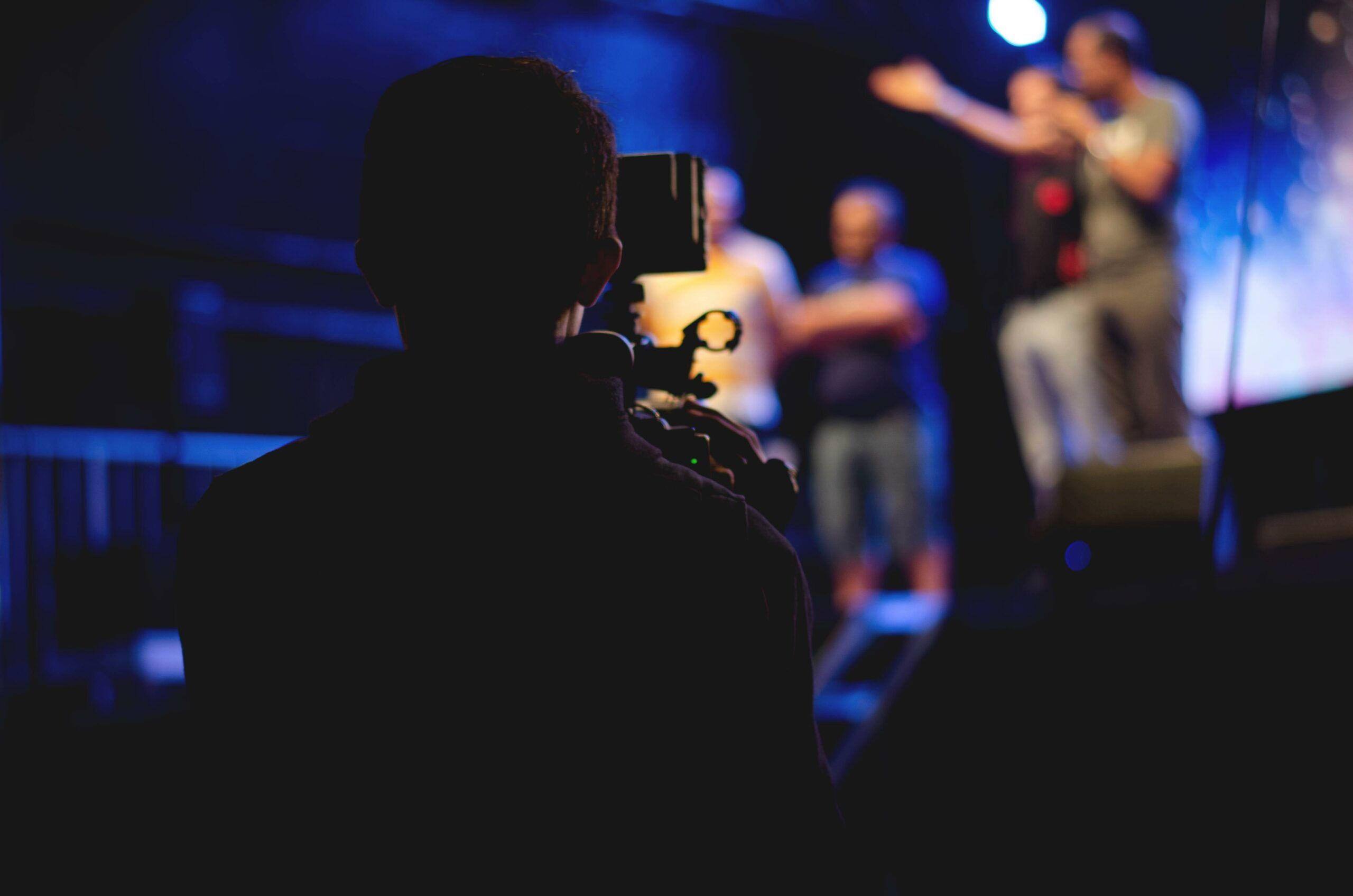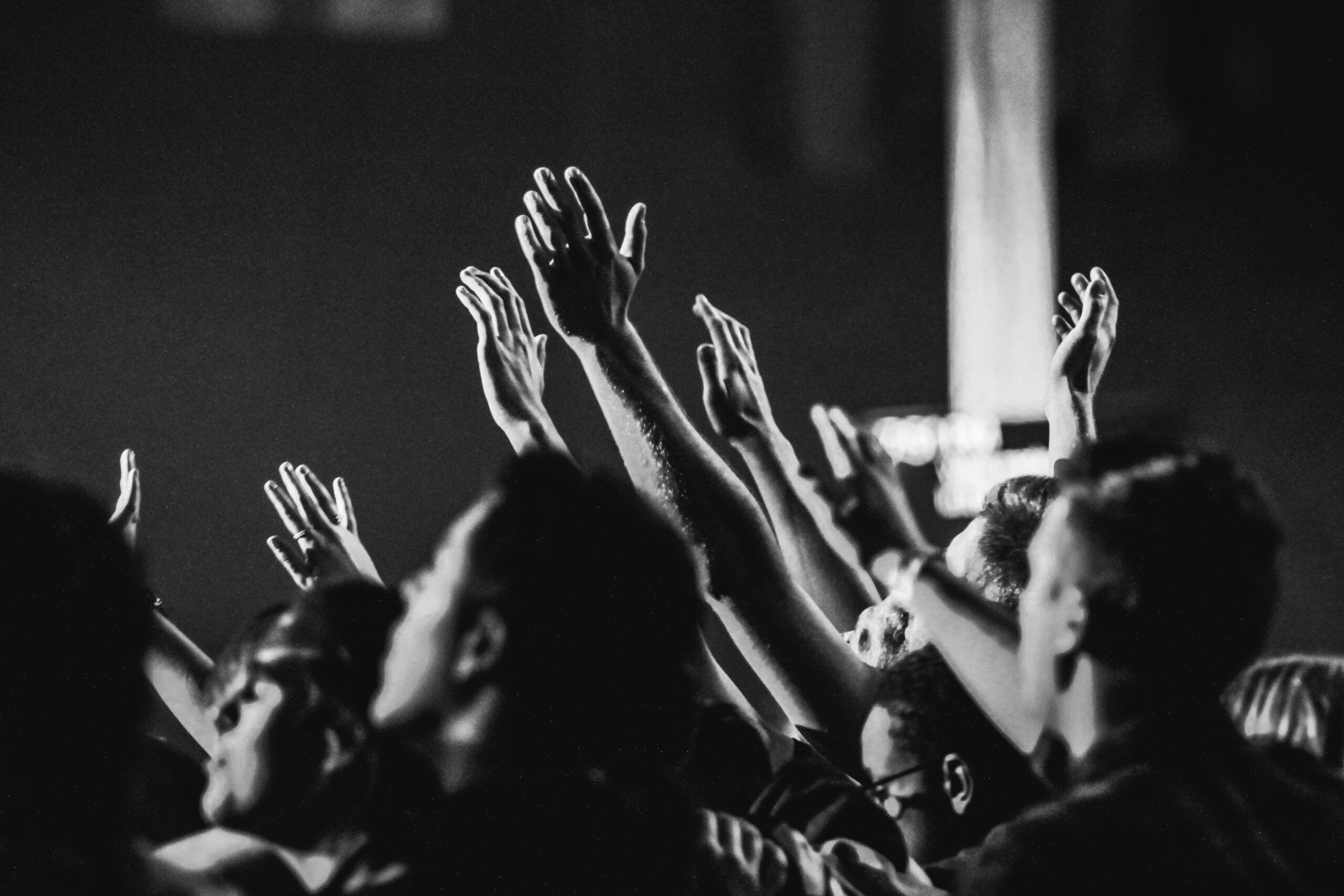Since Covid19, virtual events and live streamed events have become the norm for businesses. Everyone is doing them but with varying degrees of success. Any event, live in-person or live streamed is a vital communication activity – get it wrong and you will damage your brand. We’ve seen remote speakers with unmade beds in the background, dodgy technology that cuts in and out, and presenters who falter and have no idea if they are live or not.
As a marketing agency in London, we have seen it all! Here’s our advice on how to create a bullet-proof live streamed event.
1. Preparation is key
Choose a date for your event. Plan, write and build the communication pathways to alert audiences of the date at least 4 weeks before the event. Remind them, drive them to your registration web page and confirm their attendance.
2. Test speakers joining remotely
Company networks and WIFI can cause chaos with remote video calls or speaker. You need to test remote speakers’ connections from the same location they will be at on the live day, using the same technology and network, at least two weeks before the event date.
3. Check your streaming location
There’s nothing worse than a stream that keeps cutting out. Work with IT teams at least two weeks before the event to run a speed test to ensure the bandwidth is sufficient to carry the stream. Find out if the network is dedicated or shared. And keep an eye on upload speed but also download speed if you are bringing in multiple remote speakers. Don’t rely on WIFI, always use an ethernet cable.
4. Check cameras, check lights, check sound
Before the event check the following;
Cameras – how is/are the cameras positioned and how are the presenters framed?
Lighting – how are you lighting your speakers? Check if windows will be affecting camera focus or creating silhouettes. Normal office lighting will create shadows. Use a professional lighting set up and at a minimum have your speakers facing a window to light their faces evenly.
Sound – One microphone per person is ideal. Test and listen back to a recording to test the microphones. Often loud AC and noise from surrounding rooms can be accidently picked up so test this and be aware.
5. Go live
Discuss with your presenters how you will let them know they are live and an agreed signal, so they know when the stream has stopped. This may be with a thumbs up or an in-ear monitor. And you’re off….. Make sure the presenter welcomes the audience and gives any housekeeping notes. If you’re taking questions, consider how you’ll get these questions over to the presenter. A tablet and a direct messaging tool can work well here. Make sure you have 3 questions pre-prepared in case audiences are slow to respond. End with a big thank you and wait for the agreed signal that the stream has stopped before relaxing.
6. Post live stream on-demand versions
Not everyone can attend live streams and others may want to rewatch. Make sure you edit and prepare your on-demand version of the event as quickly as possible. Send out post event emails letting people know how they can view the event. It’s best to send tailored emails to those who attended and missed it.
7. Review
Finally review your analytics to see what you can learn and apply in your next live stream. If people have dropped off at a certain time or questions have focused around a certain theme, you can build this into the development of your next event.
Don’t underestimate what goes into successfully executing a live streamed event. The communication, the technology, and the production are all key to how your brand is perceived. Events executed properly can create extraordinary audience engagement.
If you’d like to talk through any aspects of running a live streamed event, get in touch here to arrange a call.







